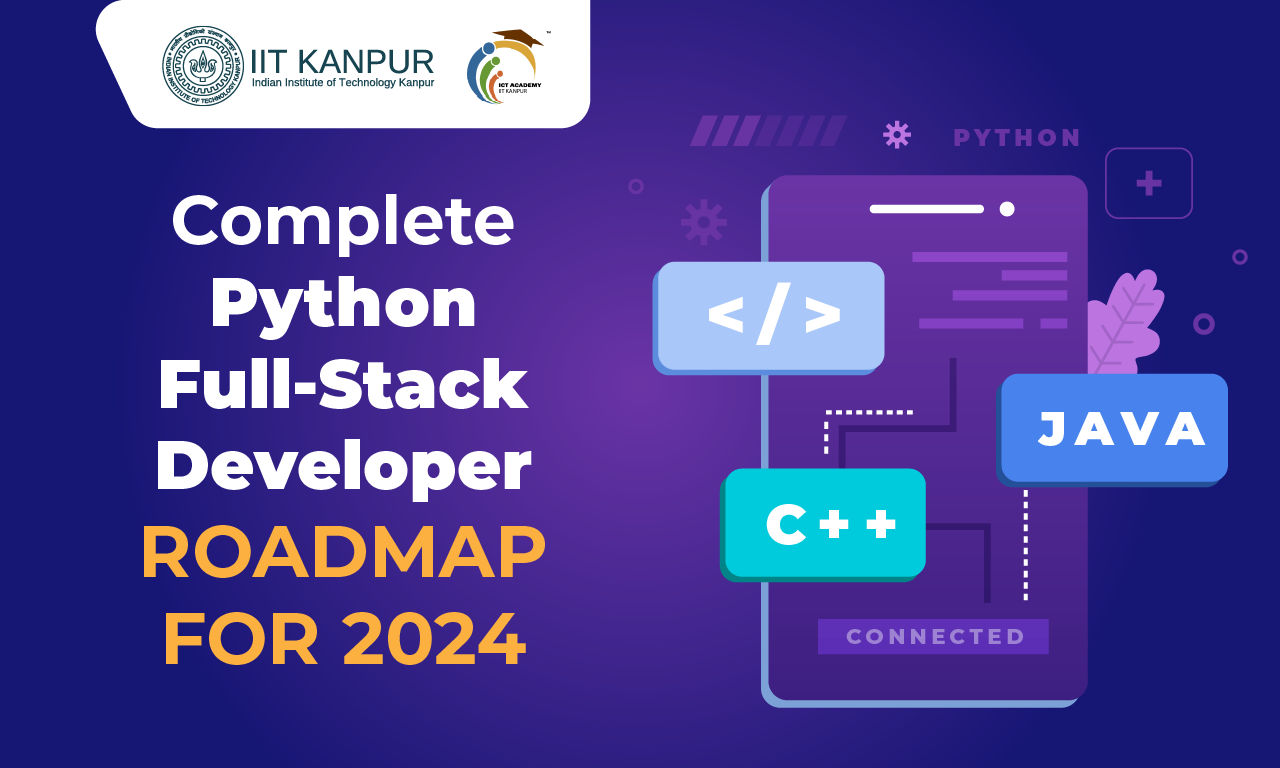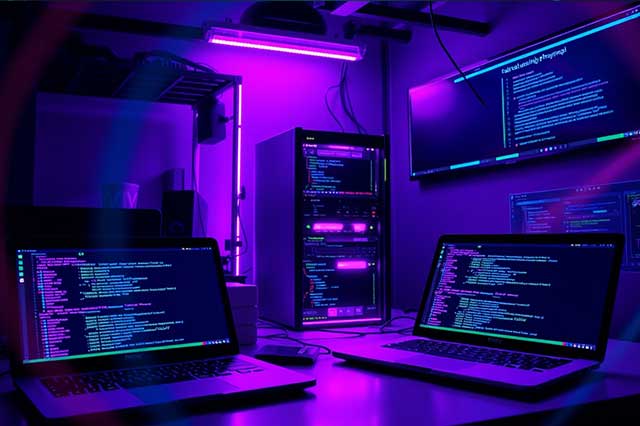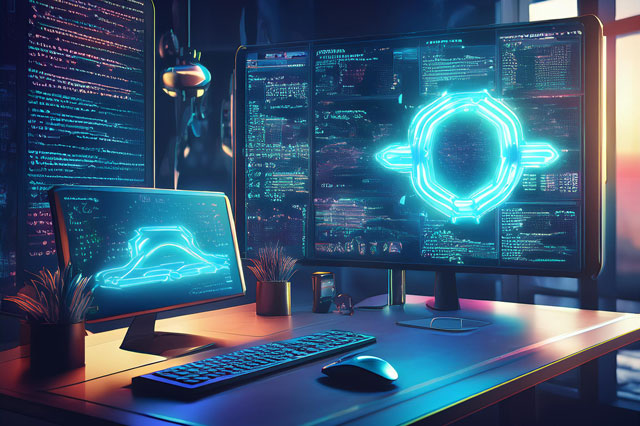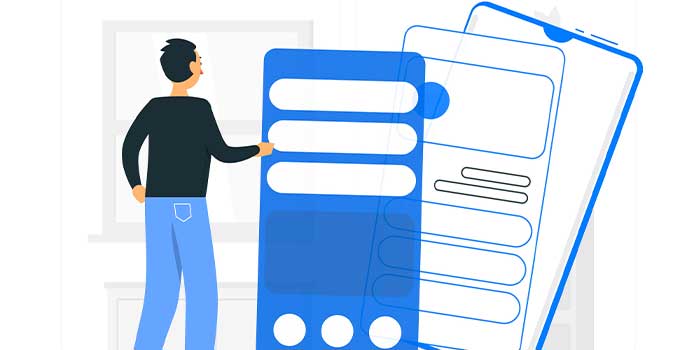Complete Python Full-Stack Developer Roadmap For 2025

Python Full-Stack Developer Roadmap For 2025: Python is one of the most popular programming languages used by developers. Due to its ease of use and versatility, multiple businesses are integrating Python full-stack development for streamlined operations.
This has also increased the demand for full-stack developers with in-depth Python knowledge. Python full-stack developer jobs present a lucrative career path and promise a high salary and job security.
Becoming a full-stack developer can, therefore, be highly rewarding. However, before entering this career path, you will need to learn different skills and tools. Read on to find out how to become a Python full-stack developer in 2025.
What Is Python Full-Stack Development?
Python is a beginner-friendly and versatile programming language widely used for front-end and back-end development. While the front end deals with the user experience, the back end refers to the server side of the application.
Also Read: Python Libraries for Data Science in 2025
Combining the two, full-stack development oversees complete application development. Python full-stack development aims to provide a streamlined user experience and ensure that the application functions properly.
The availability of different frameworks, modules, and libraries presents a quick and efficient platform for the full-stack development of applications. It is, therefore, preferred by companies and developers.
Role Of A Python Full-Stack Developer
A full-stack Python developer should have working knowledge of the Python programming language and the different aspects of front-end and back-end infrastructures. Using this knowledge, they are tasked to build a web application, bridging the gap between the client and server side.
Helping build a well-functioning program or application, Python full-stack developers should be able to help in:
- Building user interfaces
- Building user interfaces
- Handling server-side logic and data processing
- Interacting with databases
- Implementing APIs
- Develop the product life cycle
- Writing clean and maintainable Python code
- Using python libraries
- Performing testing and debugging code
Because of the vital role that Python full-stack developers play in developing applications and software, they are rewarded with various benefits. The average salary for a Python full-stack developer in India is Rs. 5.5 LPA.
Prerequisites To Becoming A Python Full-Stack Developer
To become a Python full-stack developer, you must have a basic understanding of the following:
- Python programming, including functions, loops, and data types
- Web development basics
- Database management
- Version control with Git
- Command line proficiency
- Containerization and orchestration
Besides these, some common Python full-stack developer skills that you must have include:
- Problem-solving and critical thinking
- Communication and Collaboration
- Prioritization and time management
- Leadership and mentorship
- Quality assurance
- Continuous learning
A Python full-stack developer course can help you learn these necessary skills and tools, helping you become a successful Python full-stack developer.
How To Become A Python Full-Stack Developer - Steps
A full-stack Python developer roadmap begins with learning the Python programming language and leveraging the different frameworks and libraries to help develop a successful program or application.
Following are the steps to become a python-full stack developer:
1. Learn The Fundamentals
Learning Python is vital to developing code for building a website or web app. This includes learning about the data types, loops, functions, and variables of the Python language.
In addition, you must familiarise yourselves with Python frameworks and libraries and practice applying these fundamentals to solving code challenges and building programs.
2. Learn Front-End Development
The next step is to learn the different front-end technologies that help you create a viable user interface. To develop a front-end of the website, you should also know HTML, CSS, and JavaScript.
In addition, you should learn about user input, animations, user experience, and complex layouts to build successful apps.
3. Explore Back-End Development
The back end of an application refers to the server logic and data processing. To help with this, you should learn the different back-end frameworks. In addition, you should learn the server-side logic, such as models, views, and routing.
4. Learn Database Management
Experience working with databases is vital for developing the back-end of applications. With this knowledge, you can design, maintain, and implement databases for your applications.
5. Practice Version Control
Version control systems are a vital tool for any developer as they help track the changes in the code. Popular version control systems that you must familiarise yourself with include Git and Bitbucket.
6. Continuous Integration And Deployment
Continuous integration and deployment processes are key to agile and DevOps methods of software building. With these principles, you can ensure a quick and reliable web app.
Writing automated tests, learning CI/CD tools, and containerizing applications are some of the principles involved in continuous integration and deployment.
7. Get A Certification
When you have learned the necessary skills, you can get a professional certification, making you eligible for Python full-stack developer jobs. You can take online courses that offer certifications for learning these skills.
8. Practice Regularly
Since full-stack development is a changing field, it is vital to update yourself with the latest technologies introduced in the market. It is beneficial to join communities that discuss recent trends and advancements and help solve your queries.
Conclusion
Python full-stack development is a promising career option. Python is used for the front-end and back-end development of websites, software, and web apps, and it is supported by different tools and frameworks for ease of use and effectiveness.
Therefore, to become a Python full-stack developer, you must know the Python coding language, its frameworks, and the different aspects of back-end and front-end development. You can learn these skills through online courses that also provide hands-on experience.
Recommended Courses

Full Stack Development with PHP & MySQL

Full Stack Development with PHP & MySQL



